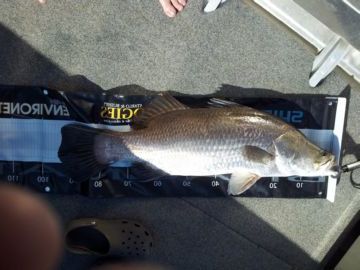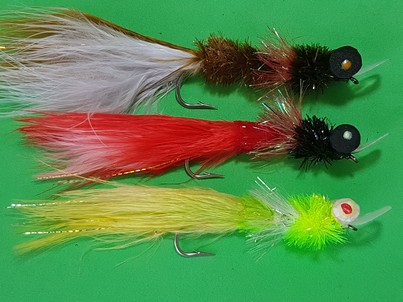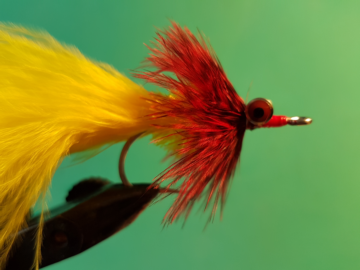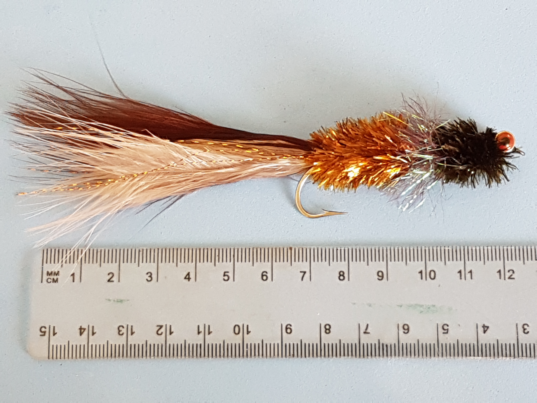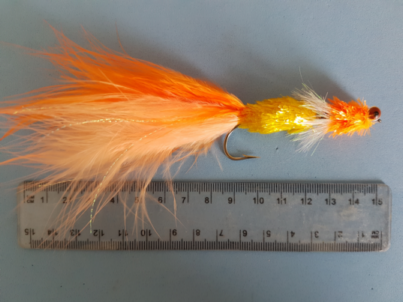Posts Tagged ‘#fishonfly’
{{start}}
{{end}}

{{+1}}Perdigon (Spanish nymph) – gold micro glint{{-1}}
{{start}}
| A streamlined fast sinking fly that will anchor your team. |
Materials
| Hook | Head | Extra weight (optional) | Thread | Tail | Body | Thorax | Coating |
|---|---|---|---|---|---|---|---|
| Hanak 300BL #14 / #16 | 3.0mm / 2.5mm slotted faceted gold tungsten bead | 0.010 lead wire | Fl fire orange UTC UV thread | Coq de Leon Fibres | Brown Micro Glint | Black nail polish | UV Resin and then Varnish. |
Process
| A |
Adding extra weight to the fly.On this fly my preference is to keep the bead size down a little and to add extra weight to compensate for that. |

|
|---|
| B |
|

|
|---|
| C |
|
|
|---|
| D |
|

|
|---|
| E |
|

|
|---|
| F |
|

|
|---|
{{end}}
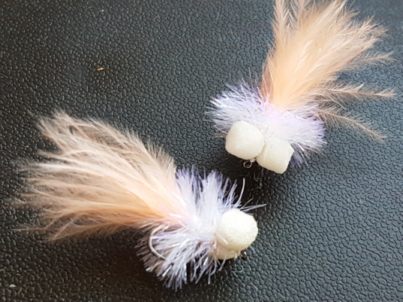
{{+1}}Booby blob{{-1}}
{{start}}
Both boobies and blobs are each tremendous search flies in their own right particularly for stocked rainbow trout. This fly presents the best of both of those worlds and has the head an tail of a booby and the body of a blob. With a little flash in the tail it's one screamer of an attractor pattern.{{end}}
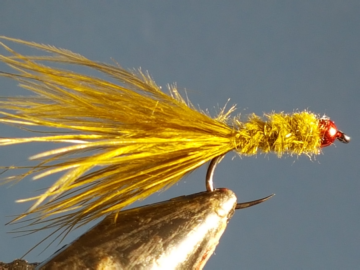
{{+1}}Red TBH damsel{{-1}}
{{start}}
I first used this fly in Canada in 2016 at the Commonwealth Fly Fishing Championships. Tied by Josh Flowers from Tasmania I doubt that a session on the lakes passed without every team member tying this fly on for at lease some of the time. I have since learned that it’s a very successful fly in Central Tasmania at any time when damsels are around.{{end}}
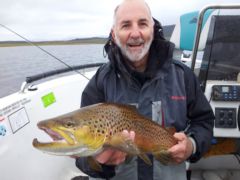
{{+1}}NSW – Fishing season reminders{{-1}}
{{start}}
Closed seasons for popular fresh water species in NSW for 2018.{{end}}
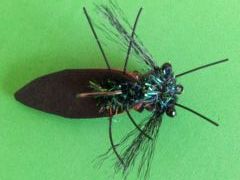
{{+1}}Cania Dam{{-1}}
{{start}}
Cania Dam has been on my bucket list now for a couple of years and consequently I have been undertaking quite a lot of research so that when I do get up there hopefully this year I have enough information to make a reasonable job of that fishing trip. This is what I have found so far.{{end}}














